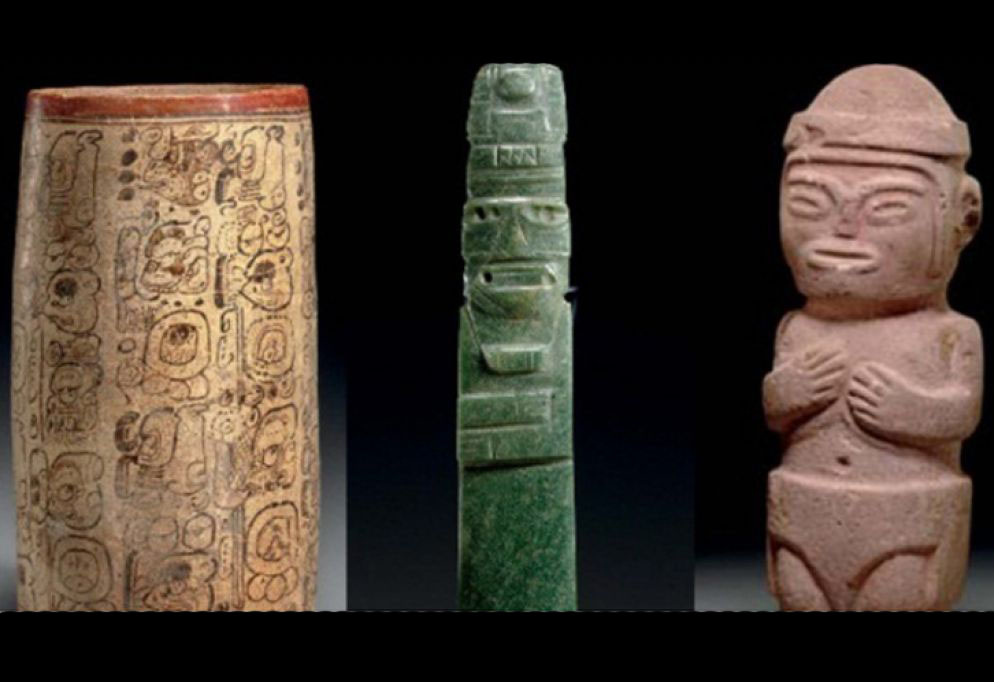Mexico’s share of the US tomato market increased from 32 percent in 1996 to 54 percent in 2017
by Mexico News Daily
The United States intends to withdraw from a six-year-old trade agreement with Mexico on tomatoes, the U.S. government said yesterday, a move that clears the way for new tariffs to be imposed.
The United States Department of Commerce said in a statement that on Feb. 6 it notified the Mexican signatories to the 2013 Suspension Agreement on Fresh Tomatoes from Mexico of its plan to withdraw.
The agreement averted a trade war over tomatoes in 2013 by establishing a floor price for the Mexican product in the United States and barring U.S. producers from pursuing anti-dumping charges against Mexican exporters.
Once the 90-day notification period expires on May 7, the United States will resume an anti-dumping investigation into Mexican tomatoes, which could lead to new duties on the fruit, higher prices for U.S. consumers and possible retaliation from Mexico.
Secretary of Commerce Wilbur Ross said the withdrawal decision follows complaints from United States tomato producers, including the Florida Tomato Exchange, that they are being undercut by Mexican imports.
“We have heard the concerns of the American tomato producing industry and are taking action today to ensure they are protected from unfair trading practices,” Ross said.
“The Trump administration will continue to use every tool in our toolbox to ensure trade is free, fair, and reciprocal.”
Forty-six members of the United States Congress also wrote to Ross last week to urge him to withdraw from the agreement.
More than half are from Florida, a large tomato growing state and one that is politically important for U.S. President Donald Trump.
The lawmaker said that Mexico’s share of the United States tomato market increased from 32 percent in 1996 to 54 percent in 2017. In the same period, U.S. farmers’ market share declined from 65 percent to 40 percent.
The Congress members said that since the United States government first agreed to suspend anti-dumping cases in 1996, hundreds of U.S. tomato producers have been forced out of business.
“The industry will continue to shrink if the status quo is maintained,” the lawmakers wrote.
The U.S. Department of Commerce said that it started negotiations with Mexican signatories in January 2018 to revise the tomato agreement but “despite committed efforts from all sides, significant outstanding issues remained.”
The department said that if its anti-dumping investigation finds that tomatoes were sold at less than fair value, the United States International Trade Commission (ITC) will investigate to determine damage to the U.S. tomato industry.
“If both Commerce and the ITC issue affirmative final determinations, an anti-dumping duty order will be issued,” the statement said.
Mexican foreign trade undersecretary Luz María de la Mora said in a television interview that irrespective of the findings of the United States investigations, Mexico has the legal instruments – backed up by international agreements – to defend Mexican tomato growers and their exports.
Mexico exported just over US $2 million worth of tomatoes to its northern neighbor in the first 11 months of 2018 – around half of total production.
The possibility of the introduction of tomato tariffs later this year opens up a new source of trade conflict between Mexico and the United States.
When the latter country imposed tariffs on Mexican steel and aluminum last year, Mexico struck back swiftly by introducing duties on U.S. pork, apples, cheese, bourbon and steel flats, among other products.
Source: Politico (en), Reuters (en), Eje Central (sp)
Business groups say government inaction on metal tariffs a grave mistake
Safeguard duty on imports has not been renewed; steel industry unprotected
The federal government’s decision not to renew a 15 percent safeguard duty for imported steel and protect the Mexican industry is a grave mistake, two business groups have warned.
In a joint statement directed at President López Obrador and Economy Secretary Graciela Márquez, the National Chamber of the Iron and Steel Industry (Canacero) and the Confederation of Industrial Chambers (Concamin) said they were concerned about the Jan. 31 expiration of the 15 percent safeguard for steel imports from countries with which Mexico doesn’t have a trade agreement.
The safeguard measure was first put in place in October 2015 and was subsequently renewed every six months before the current government allowed it to lapse on Feb. 1.
Canacero and Concamin said the decision not to renew the safeguard measure could lead to Mexico being used as an interim destination for goods headed to the United States.
Its renewal, they said, is a fundamental factor in having the United States exclude Mexico from the tariffs on steel and aluminum that were imposed on June 1 last year.
Non-renewal will result in Mexico being seen as a “triangulation platform” and the respective 25 percent and 10 percent tariffs won’t be removed, the business groups said.
That would place the approval of the new United States-Mexico-Canada (USMCA) trade agreement at risk because the majority of members of the United States House of Representatives have placed the elimination of the measure in North America as a condition for their approval of the pact, Canacero and Concamin said.
Because there are no negotiations currently under way to have the tariffs removed, Canacero president Máximo Vedoya said, the Mexican steel industry is unprotected.
In contrast, other countries have put up adequate barriers to protect their steel sector, he said.









